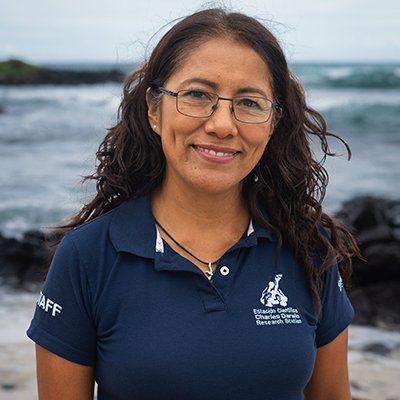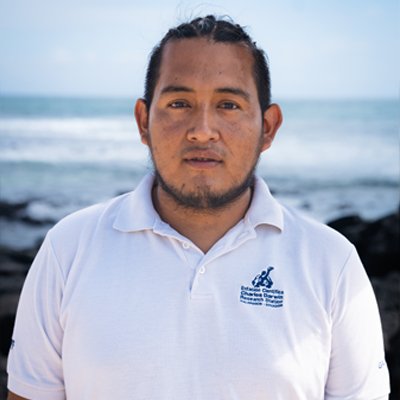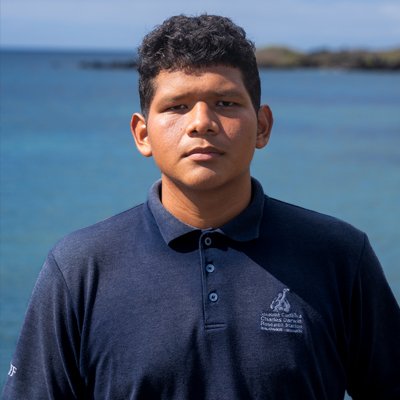While a mere 3% of the Galapagos Islands are home to people, our presence in this small fraction of the archipelago has put the native vegetation at risk. Our restoration program in urban and rural areas engages the local community in conservation and restoration efforts to secure the long-term health of these unique ecosystems.
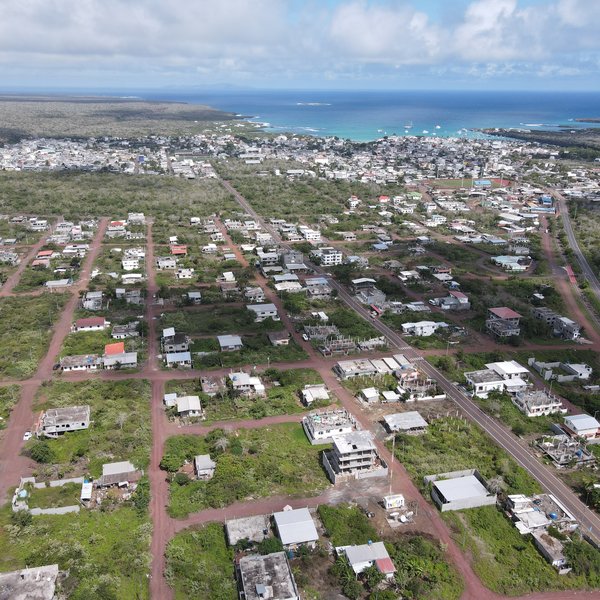
Our team
Patricia Jaramillo Díaz
Principal Investigator - Galapagos Verde 2050
Paúl Mayorga
Technical Assistant
Danyer Zambrano
Field Assistant
Other collaborators
Alan Tye, IUCN
Alberto Vélez, Carlos Efraín Masaquiza Chango, Jean Pierre Cadena and Ronal Azuero, ABG
Antonio León-Reyes, Universidad San Francisco de Quito
Bettina Meier, PhD. Bioinformatics and Statistical Analysis. UK.
Christian Smit Rijks, University of Groningen
Diego Ellis-Soto, PhD. University of California, Berkeley
Jéssica Duchicela Escobar, Universidad de las Fuerzas Armadas – ESPE
José Cerca, PhD. Swedish Museum of Natural History
María del Mar Trigo, Universidad de Málaga
Michael D. Martin, PhD. Norwegian University of Science and Technology (NTNU)
Nicolás Velasco, Universidad de Las Américas y Universidad de Chile
Ramiro Osciel Bustamante Araya, Universidad de Chile
Tui De Roy, photographer
Vanessa Bieker, José Cerca and Mike Martin, Norwegian University of Science and Technology (NTN).
Washington Tapia, Species Survival Commission (SSC) of the IUCN
Collaborating institutions
Agencia de Bioseguridad Galápagos (ABG)
Ciencia Pura
Galapagos Conservancy
Galapagos National Park Directorate
Lindblad Expeditions National Geographic Fund
New York State University
Norwegian University of Science and Technology (NTNU)
Universidad de Alicante
Universidad de Chile
Universidad de Málaga
Universidad de las Fuerzas Armadas-ESPE
University of Copenhagen
University of Groningen
Donors
COmON Foundation
Stanley Smith Horticultural Trust
Hurtigruten Foundation
Association Friends of The Galapagos Islands Switzerlands
Johnsonswax del Ecuador S.A.
Galapagos Conservation Trust
The challenge & why it matters
In recent decades, a surge in both tourists and residents has led to increased pressure on Galapagos’ natural resources and urban and rural settlement expansion. This is particularly noticeable on the four inhabited islands: Santa Cruz, San Cristóbal, Isabela, and Floreana. With more people comes greater demand for space, intensified agriculture, expanded infrastructure, increased raw material requirements, greater need of public services and heightened waste production. Two key issues are significantly impacting the islands' biodiversity:
Urban expansion
The rapid and unplanned growth of urban settlements has resulted in the disorganized expansion of populated centers , the introduction of alien plants and the displacement of native and endemic flora.
Agricultural Transformation
Native vegetation in rural areas is being replaced with low-diversity monocultures. Moreover, abandoned farmlands act as incubators for invasive species.
Restoring such degraded ecosystems is possible, but crucial knowledge gaps remain. We need to better understand the most suitable plant species that can facilitate recovery, and how aid technologies could increase the survivorship of planted species in each unique island context.
The Charles Darwin Foundation, through its team of ecological restoration professionals, Galapagos Verde 2050, aims to address these knowledge gaps to restore degraded ecosystems of inhabited islands and find more sustainable ways to balance human activities while safeguarding the islands' biodiversity.
Program objectives
Urban
- Raise awareness of the need to recover native and endemic plant species in towns, especially those that are threatened (vulnerable, endangered and critically endangered), according to the IUCN Red List.
- Engage the local community through educational and experiential initiatives on the importance of integrating native and endemic plants in public spaces to promote biodiversity conservation while providing urban spaces adequate for human recreation.
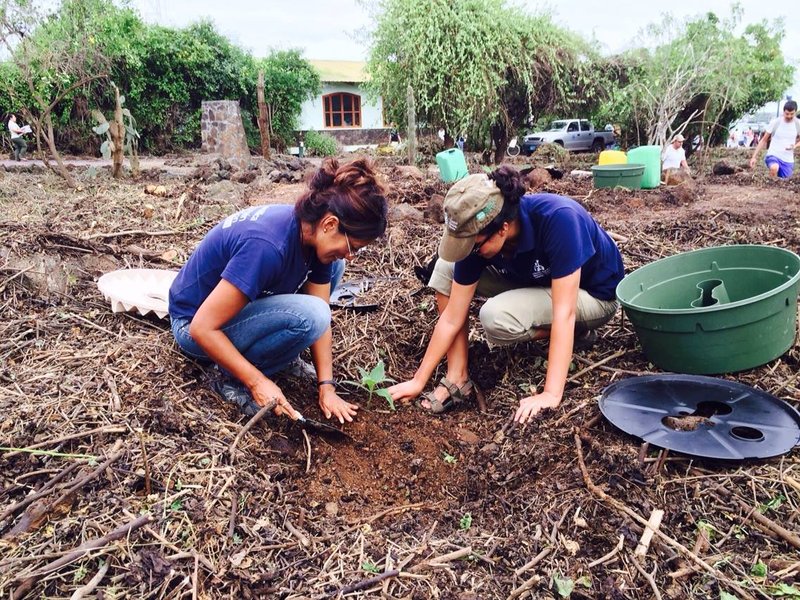
Rural
- Restore degraded ecosystems on agricultural farms using native and endemic plant species, and evaluate the most efficient water-saving technologies for each environment.
- Enhance ecosystem services in degraded rural environments, providing benefits both to farmers and biodiversity.
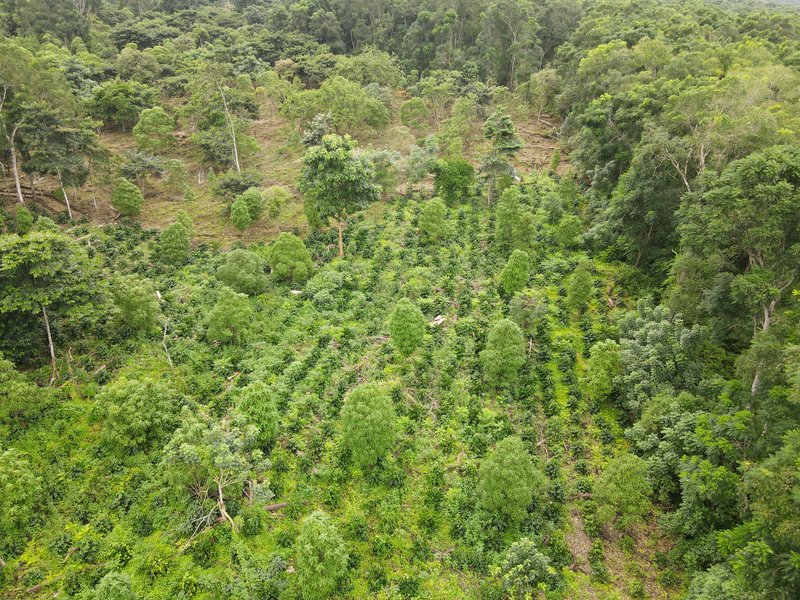
our impact
In Puerto Ayora, the largest town on Santa Cruz Island, our restoration specialists are leading a campaign to raise awareness and encourage the community to plant the endangered plant Scalesia affinis, native to this specific area of the Island.
To date, we’ve successfully planted 450 specimens of Scalesia affinis subsp. brachyloba, thereby boosting the population by an impressive 542.86% from the original count of 70 in 2014. This surpasses our goal of sextupling the population, showcasing our community's dedication. However, to fully integrate the species into Puerto Ayora's urban ecosystems, ongoing and active participation from all is crucial.
To this end the CDF works with communities of urban areas of the Islands of Floreana, Santa Cruz and San Cristobal, to create gardens with endemic and native plant species and in doing so, promotes the conservation of these species that are typical of these Islands.
The program's efforts to incorporate native plants into agricultural systems are a win-win for farmers and the environment. Native plants can help to improve soil quality, reduce erosion, provide shade, foster bird nesting and feeding grounds, sequester carbon and attract pollinators.
To date, we've partnered with 15 farms in Floreana, San Cristobal and Santa Cruz islands. Through these partnerships, the Charles Darwin Foundation has established more than 2,300 plants of 20 native and endemic species into agricultural systems, mostly in coffee plantations. The opportunity to scale and accelerate our impact across more farms is clear.
The program’s new Shade House, remodeled in 2023 and located at the heart of the Charles Darwin Research Station on Santa Cruz Island, is an educational space inviting CDF visitors to learn more about endemic and native species of the region, ecological restoration initiatives and the GV2050 Program. Here we host tourist visits and activities with local students year round, including CDF’s annual Open House, held during the month of July.
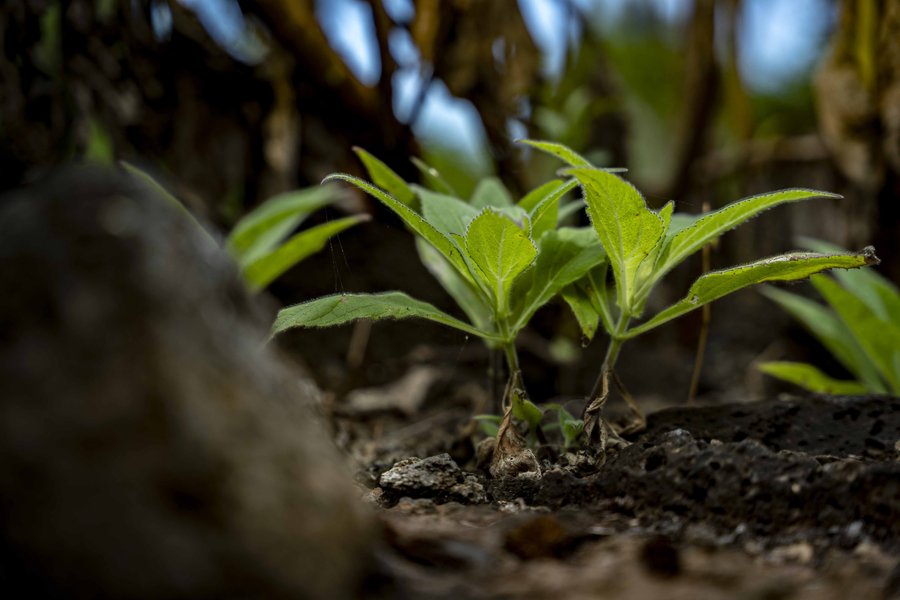
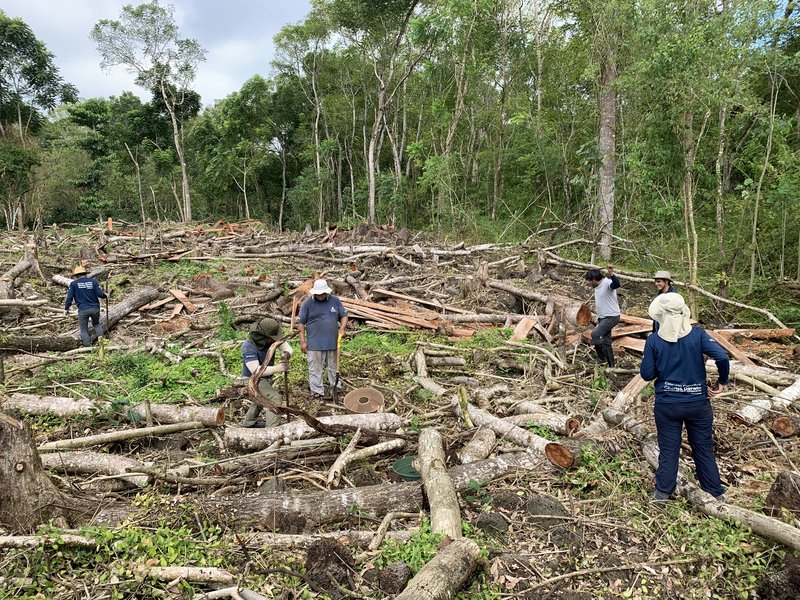
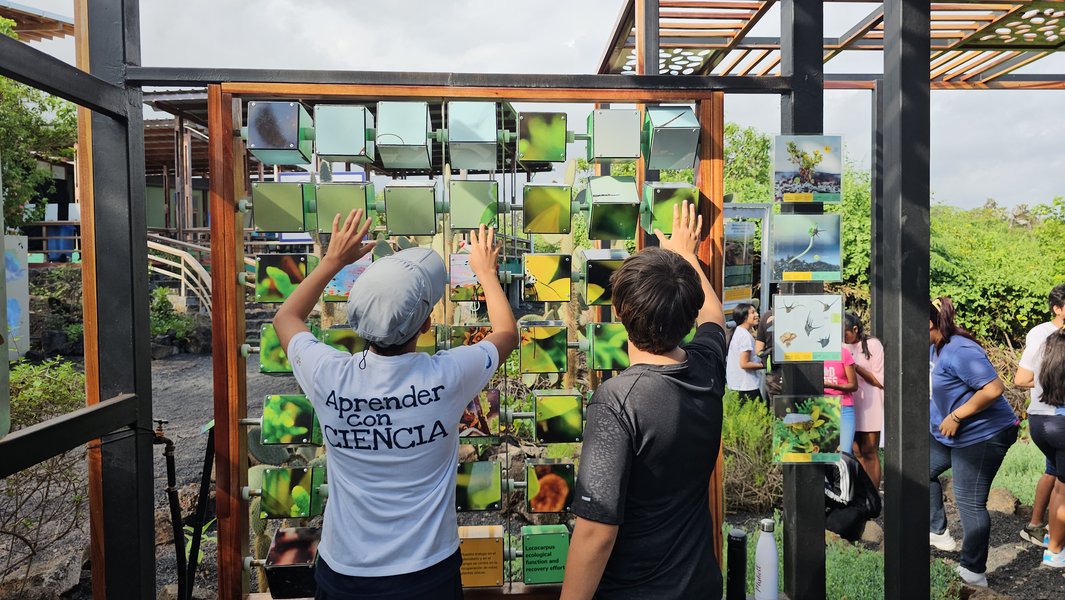
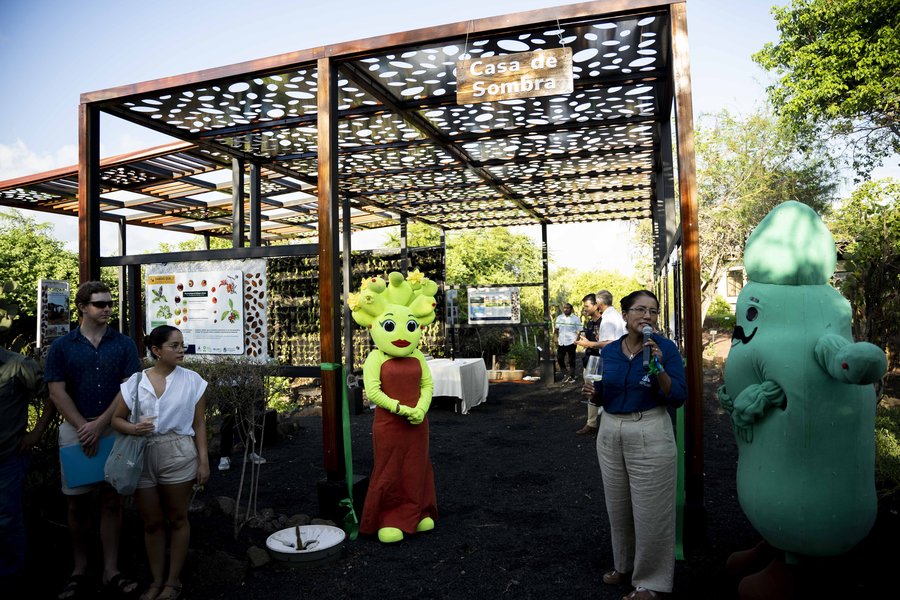
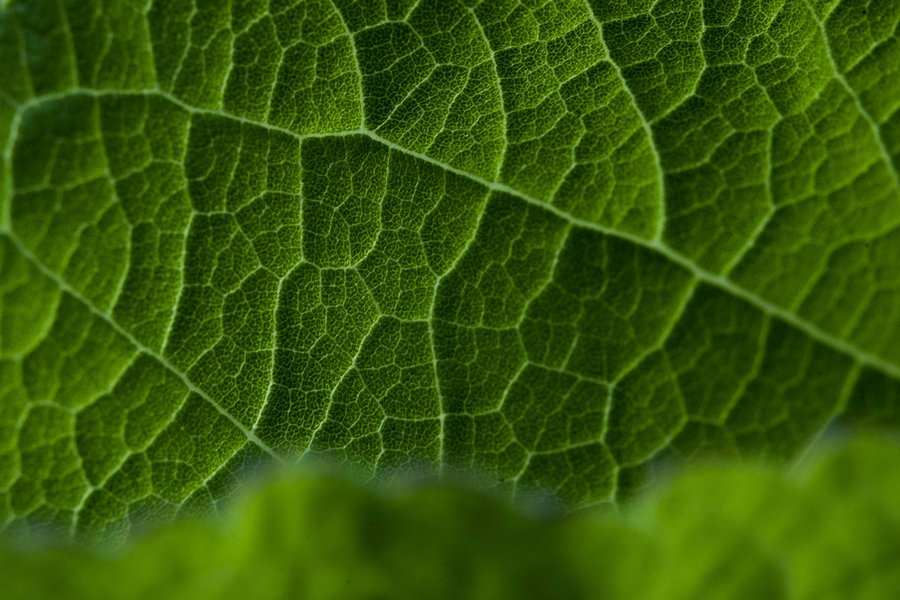
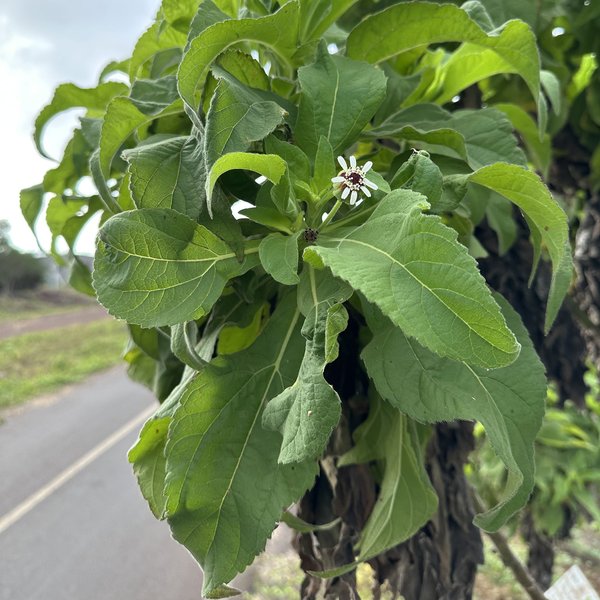
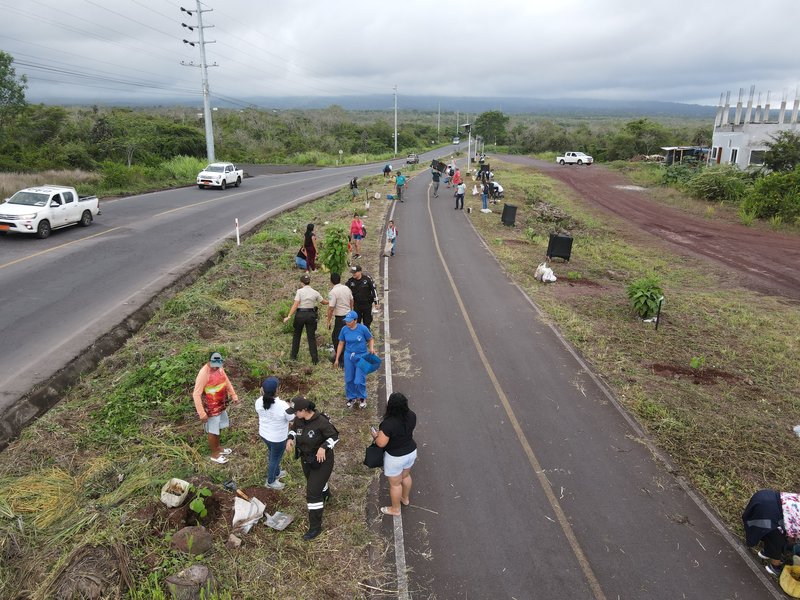
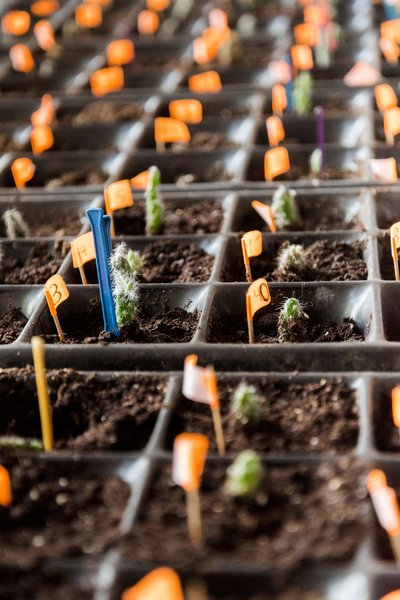
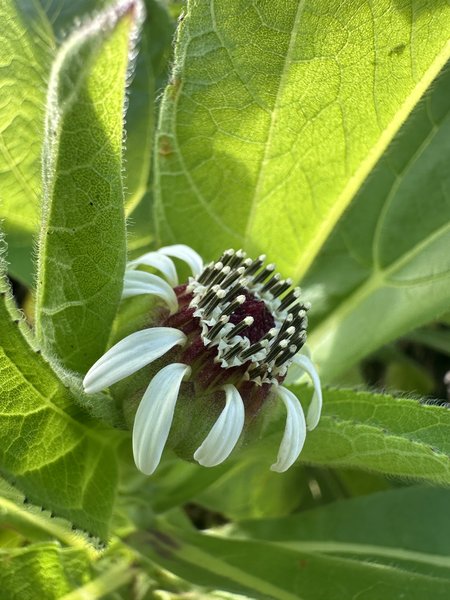
About Galapagos Verde 2050 (GV2050)
The GV2050 program has a multidisciplinary research team that brings together professionals from various fields, including ecologists, conservation biologists, biotechnologist, botanical taxonomists, and environmental engineers.
We have worked with the Galapagos National Park Directorate for more than a decade, leveraging both institutions' scientific expertise and practical knowledge. This fosters a comprehensive approach that aligns scientific guidance with effective on-the-ground restoration efforts.
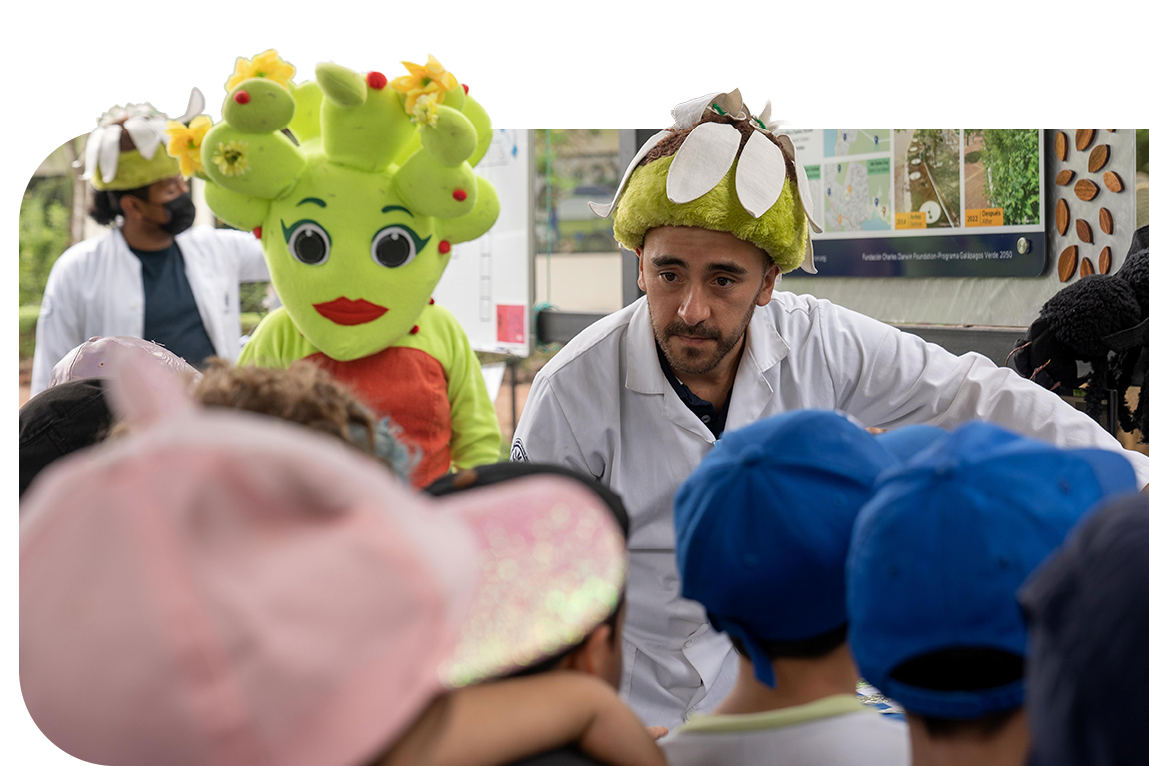
Why you should support us
The Galapagos Islands are a unique and irreplaceable part of our planet cataloged as a UNESCO World Natural Heritage Site. By supporting our urban and rural restoration program, you can help to ensure that these islands are conserved for future generations.
Here are some specific ways that your sponsorship can help:
- Fund research projects developing new ways to restore degraded ecosystems.
- Support educational programs that share the importance of conservation with the Galapagos people.
- Purchase equipment and materials needed for restoration efforts.
- Help cover the costs of seed collection, plant care, and planting expeditions.
- Cover the travel and transportation costs for researchers and volunteers.
Bibliography
Jaramillo, P., Shepherd, J. D. and Heleno, R. (2021) Guía de Semillas y Propágulos de
Galápagos. Edited by P. Jaramillo, J. D. Shepherd, and R. Heleno. Puerto Ayora-Isla Santa Cruz. 91 pp.
Jaramillo, P. et al. (2015) ‘Galapagos Verde 2050: An opportunity to restore degraded ecosystems and promote sustainable agriculture in the Archipelago’, in GNPD et al. (eds) Galapagos Report 2013-2014. Puerto Ayora, Galápagos, Ecuador, pp. 133–143.
Jaramillo. P. (2009) ‘Scalesia affinis , “ la Scalesia de Puerto Ayora ” casi extinta en Santa Cruz’, El Colono, p. 7.
Jaramillo, P., Tapia, W., Negoita, L., Plunkett, E., Guerrero, M., Mayorga, P., & Gibbs, J. P. (2020). El Proyecto Galápagos Verde 2050 (Volumen 1)(P. Paramillo, W. Tapia, & J. P. Gibbs (eds.). 130 pp.
Atkinson, R., Jaramillo, P. and Tapia, W. (2009) ‘Establishing a new population of Scalesia affinis , a threatened endemic shrub , on Santa Cruz Island , Galapagos , Ecuador’, Conservation Evidence, 6, pp. 42–47.
Plunkett, E., Negoita, L., Velasco, N., Sevilla, C., & Jaramillo, P. (2023). Enhancing restoration success of rare xeric plants through water-saving technologies: A case study of Scalesia affinis ssp. affinis in the Galapagos Islands. PeerJ, 11(e16367), 1–20. http://doi.org/10.7717/peerj.16367
Jaramillo, P., Tapia, W. and Tye, A. (2018) ‘Scalesia affinis Hook. f.’, in Araujo, P. et al. (eds) Atlas de Galápagos, Ecuador: Especies Nativas e Invasoras. Quito-Ecuador: FCD y WWF-Ecuador., pp. 56–57.
Latest blogs
-
19 Nov 18 /
-
25 Jun 20 /
-
11 Jul 19 /

Protect Galapagos, Impact the World
The impact you make on this small ecosystem of enormous biodiversity is part of a larger footprint you are leaving for the world's future. Join us on our mission to safeguard one of our planet’s most important natural treasures through science and conservation action by making a donation today. Thank you for making an impact with us.





